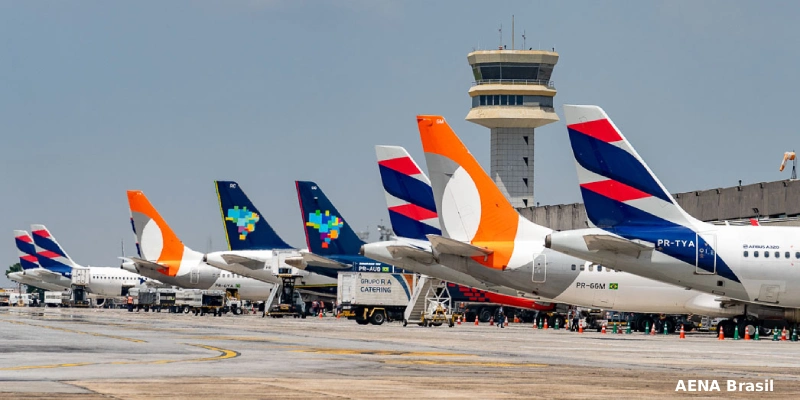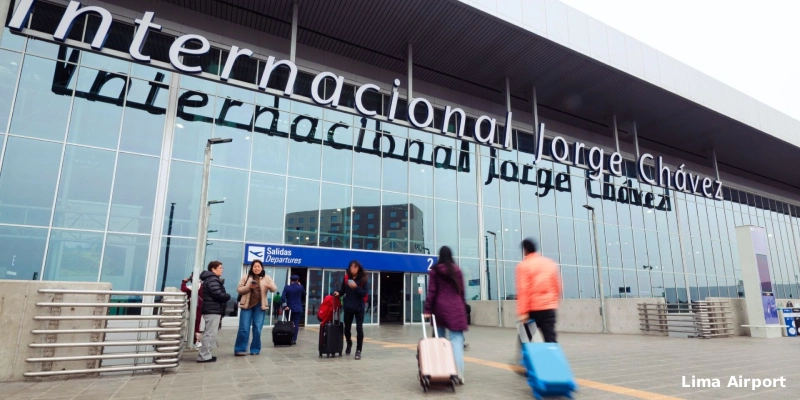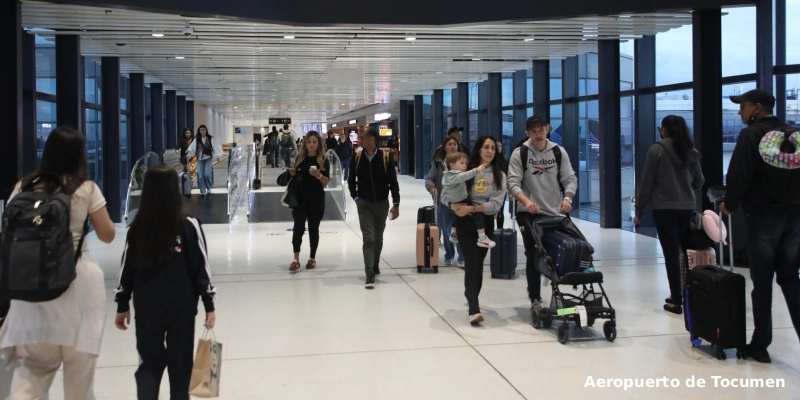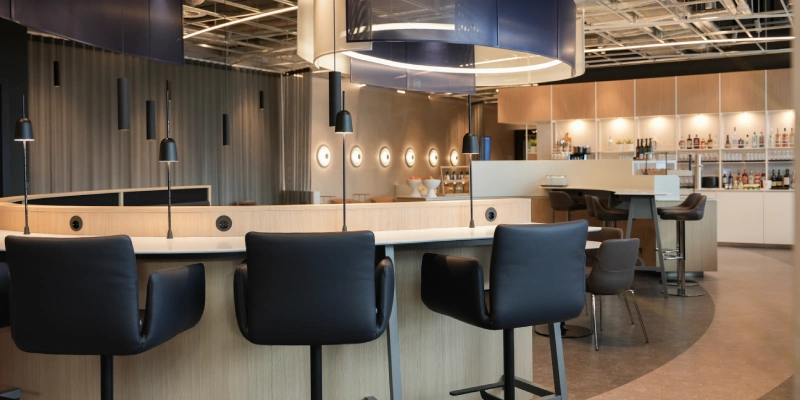Major U.S. airlines are gaining altitude thanks to a strategic move: doubling down on premium seats. In a context where overall demand for air travel is weakening, revenue from high-income passengers has proven to be an effective shield against economic uncertainty.
After the pandemic, companies like Delta Air Lines, United Airlines, and Alaska Airlines ramped up their investments in premium-class services. The reason is clear: travelers who spend more are less price-sensitive, making them a more stable customer base even during recessions or volatile markets.
Delta and United: Strong Margins Thanks to Premium Cabins
Delta Air Lines reported a 5% year-over-year increase in premium ticket revenue during the second quarter, while economy-class revenue fell by the same margin. This 10-percentage-point gap—the widest since the pandemic—allowed the airline to achieve double-digit margins between April and June. CEO Ed Bastian was clear: “Our core consumer is in good shape and continues to prioritize travel.”
United Airlines, meanwhile, also reported a 5.6% growth in premium revenue during the same period. This performance was key to offsetting operational issues at its Newark hub near New York. In comparison, total passenger revenue growth was just 1.1%.
Andrew Nocella, United’s Chief Commercial Officer, summarized the trend: “Premium capacity remains resilient.”
A High-Spending Consumer
The success of this strategy lies with a specific group: U.S. households earning over $100,000 annually, responsible for 75% of airline ticket spending. Although a financial market downturn in April raised alarms, the rapid stock market recovery eased fears of a drop in demand from this segment.
→ Delta Announces First Nonstop Route Between Salt Lake City and South America
Economy Class in Turbulence
Meanwhile, the outlook for economy-class passengers is far less optimistic. Inflation and economic uncertainty have hit lower-income consumers harder. According to Bank of America data, spending by low-income households turned negative in June, unlike the stable spending of middle- and high-income groups.
JetBlue, for example, warned employees that, given weak demand, achieving a positive operating margin by 2025 is “unlikely.” The airline is already planning new cost-cutting measures. The same is true for low-cost carriers like Frontier and Spirit, which are reducing flights to avoid deeper discount pressures.
The summer, historically the most lucrative season for the airline industry, is showing signs of weakness in economy ticket sales, forcing airlines to launch aggressive promotions.
Luxury as a Key Differentiator
Premium cabins have become the “profit differentiator” in the industry. For airlines like Delta, the business is already pivoting around these products: in the second quarter, 43% of its passenger revenue came from premium classes, up from 35% in 2019. The company even projects that by 2027, it will earn more from these cabins than from economy class.
United has begun equipping its new Boeing 787-9s with luxury suites featuring privacy doors, 27-inch screens, high-end skincare products, and caviar-and-wine pairings.
Alaska Airlines is also joining this transformation. The company plans to increase the proportion of premium seats to 29% of its fleet by next summer, up from the current 26%.
Low-Cost Airlines Reinvent Themselves
The success of the premium model has even prompted low-cost carriers to shift their focus. JetBlue is adding first-class seats on domestic flights and has opened its first VIP lounges in New York and Boston.
Frontier has started renovating the first two rows of its planes with high-end seats. Spirit, historically associated with a no-frills model, is seeking to reinvent itself as a premium airline to turn its business around.
Since 2019, the number of premium seats on U.S. domestic flights has increased by 14%—more than triple the growth seen in economy class, according to Visual Approach Analytics.
Risk of Oversupply?
The push for more premium cabins is already affecting new aircraft deliveries. Some analysts warn of the risk of market saturation, which could erode pricing power.
However, Ben Minicucci, CEO of Alaska Airlines, downplays these concerns: “We see it as a premium experience from start to finish that people are willing to pay for and expect to receive.”
In an industry battered by constant shifts in demand and the global economy, U.S. airlines have found an escape route in luxury.
Related Topics
Congonhas Airport in São Paulo Receives Approval to Operate International Flights
ALTA Warns that Transfer TUUA Puts Peru’s Air Connectivity at Risk
Panama: Tocumen Airport Surpasses 19 Million Passengers by November, Cementing Its Regional Leadership in 2025
Lufthansa Reopens Its Lounge at Stuttgart Airport After Comprehensive Renovation

Plataforma Informativa de Aviación Comercial con 13 años de trayectoria.




